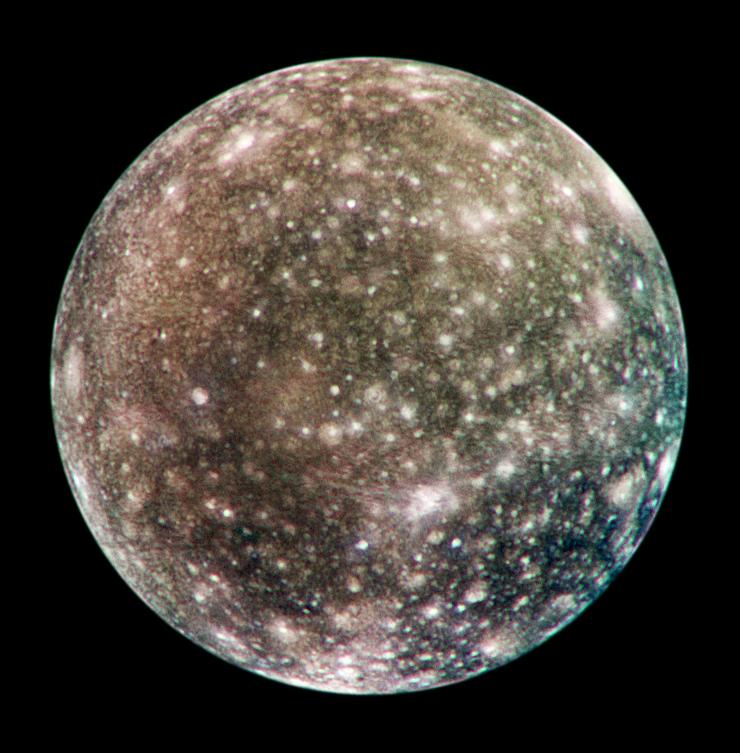
Ultraviolet Spectroscopy Uncovers Ozone Formation from SO2 on Icy Callisto
A recent publication in the prestigious journal Icarus has unveiled groundbreaking findings about the presence of ozone on Jupiter’s moon, Callisto. Led by Ragav Ramachandran and Bhalamurugan Sivaraman, this research involved a collaborative effort with an international team of scientists, including KAIROS‘s Nigel Mason and his former PhD student Duncan Mifsud at the University of Kent. Utilising ultraviolet spectroscopy, the team analyzed the chemical evolution of sulfur dioxide (SO2) ice under astrochemical conditions, significantly enhancing our understanding of the molecular dynamics of this distant celestial body.
The study, titled Ultraviolet spectrum reveals the presence of ozone on Jupiter’s moon Callisto, reports on the irradiation of SO2 ice using vacuum ultraviolet light at the National Synchrotron Radiation Research Centre in Taiwan. This process induced a notable shift in the UV absorption spectrum of the ice, from 281 nm to 265 nm, which is characteristic of the Hartley absorption band of ozone (O3). This shift, alongside additional spectral data, provided robust evidence for the formation of ozone on Callisto’s surface.
Significantly, the laboratory findings were corroborated by comparisons with ultraviolet spectra from the Hubble Space Telescope of Callisto, confirming the in-situ presence of ozone. This discovery not only adds Callisto to the list of celestial bodies in the Solar System where ozone has been detected but also highlights the role of sulfur dioxide as a precursor to ozone in extraterrestrial environments.
The presence of ozone on Callisto is particularly intriguing given the moon’s lack of a substantial atmosphere, suggesting that the ozone detected is likely confined within or on the surface ice itself. The formation of ozone, as evidenced in the experimental and observational studies, occurs when sulfur dioxide ice is exposed to ultraviolet radiation, leading to the liberation of atomic oxygen which subsequently forms molecular oxygen and ozone.
This study advances our understanding of the chemical processes that occur on the icy surfaces of outer Solar System bodies and has implications for astrobiology and the study of extraterrestrial environments. It demonstrates the potential of sulfur dioxide ice, under the influence of solar radiation, to create ozone—a molecule that plays a crucial role in shielding planetary surfaces from ultraviolet radiation.
The findings from this study are not only a significant step forward in planetary science but also enhance our comprehension of the potential habitability and geological processes on moons such as Callisto. The ongoing collaboration between researchers using advanced spectroscopic techniques and observational data from space telescopes continues to unlock the mysteries of our Solar System’s most distant members.